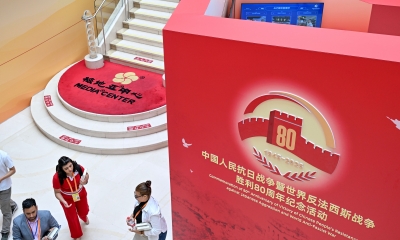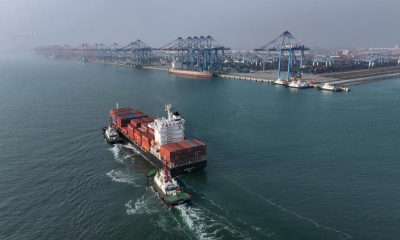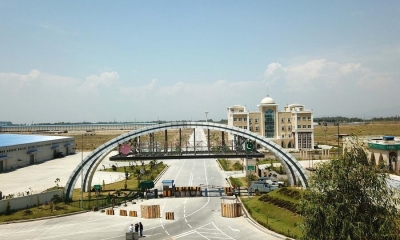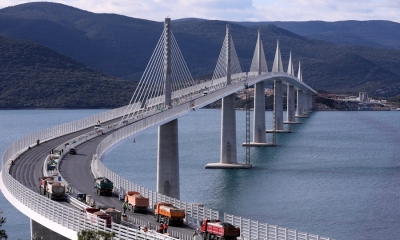CSAE Brings Shared Development Opportunities to China and South Asia
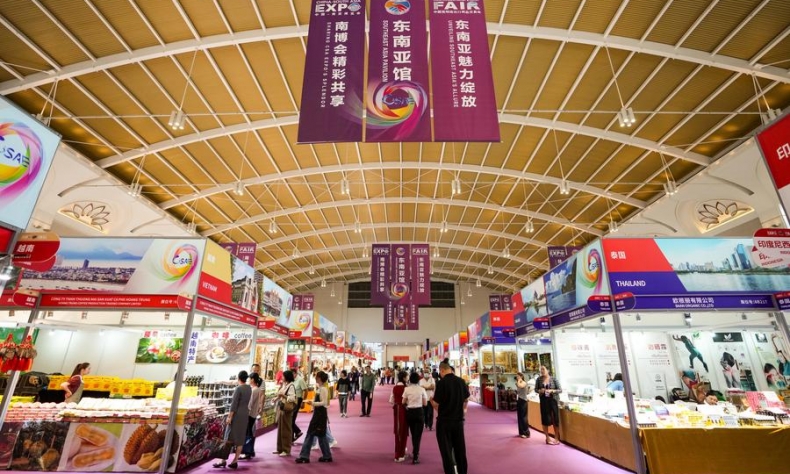
China-South Asia Expo has an immense potential to build channels for mutual learning, innovative ideas, and consensus building among all parties.
Given the current rise of protectionism, where nations prioritize their interests over the common good, dense footprints of multilateralism are solidifying between China and South Asia, promising new dynamics of pool resourcing, economic collaborations and financial jackpots.
In the wake of upholding multilateralism, trade volume between China and South Asian countries has already reached nearly $200 billion in 2024. More economic bonanzas are ahead as traders and entrepreneurs of China and South Asian countries have flocked together to explore and tap business ventures in the 9th China–South Asia Expo (CSAE) and the 29th China Kunming Import and Export Commodities Fair (also known as the Kunming Fair) officially opened between June 19 and 24 in Kunming, southwest China’s Yunnan Province.
Co-hosted by the Ministry of Commerce of China and the People’s Government of Yunnan Province, the CSAE has taken place at critical juncture of time when forces of unilateralism have unleashed zero-sum policies stripping of developing nations’ right to grow.
Under such formidable challenges, this expo has come up with new silver linings allowing the participants to enter the Chinese market that commits wide range of openness. South Asian traders have full-fledged chance to cash in Chinese business environment going beyond traditional business models by partnering with Chinese firms and leveraging new technologies and platforms such as new quality productive forces and AI plus.
If participants understand the diverse needs of different provinces and culture gropes, they can easily build sustainable partnerships to seize long-term opportunities.
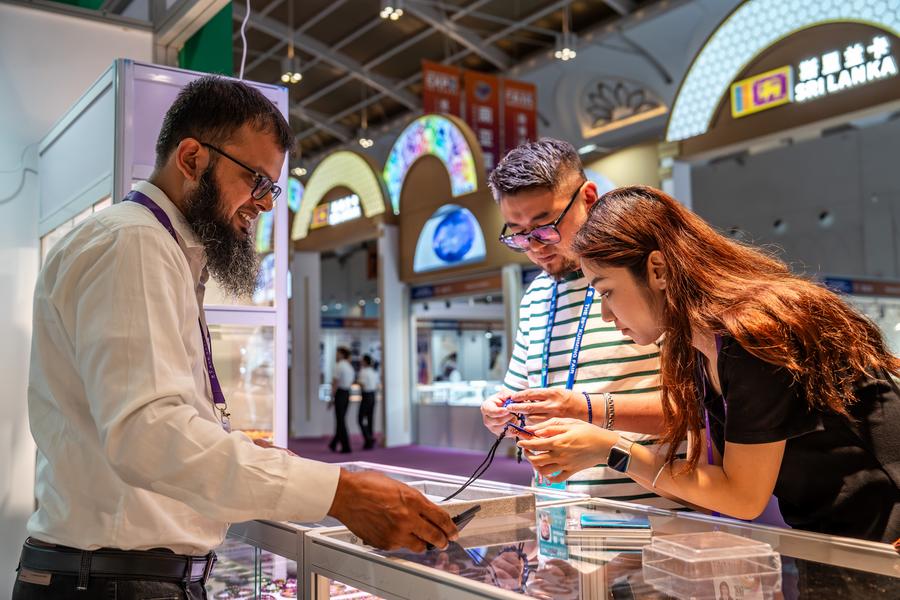
The essence of global cooperation lies in people. As the most densely populated region in the world, China and South Asia have the potential to set a powerful example for the international community—if we can achieve peace, stability, and prosperity for our people. Together, we represent an immense market—not only in China, but also in India, Pakistan, Bangladesh, and other countries in the region—each with consumer populations in the hundreds of millions. This market holds tremendous potential to drive high-quality, efficient economic development. We should deepen regional collaboration in industrial and supply chains, and on that basis, build institutional platforms such as free trade agreements and the Belt and Road Initiative. Through close cooperation, we can establish a more resilient trade ecosystem. The market is already sending a clear message: cooperation is better than confrontation. Confrontation only disrupts supply chains and exacerbates the challenges of poverty alleviation.
China-South Asia Expo has an immense potential to build channels for mutual learning, innovative ideas, and consensus building among all parties. As per my bend of mind, new areas of cooperation are being explored in the Expo. On the basis of consolidating traditional cooperation in agriculture, infrastructure and energy and minerals, activity is in full swing to expand cooperation in emerging fields including energy transition, the digital economy, low-carbon development, and smart manufacturing, with a shared goal of maintaining stable production and supply chains.
The CSAE was first held in Kunming in 2013, the year when China put forward the Belt and Road Initiative. Over the past 12 years, China and South Asian countries have deepened practical cooperation in various fields, and maintained a sound momentum of development in economic and trade exchanges, delivering benefits to the people of both sides.
Asia remains the world’s leading destination for foreign direct investment (FDI) with developing economies of the region attracting $605 billion in FDI in 2024, pointed out the latest edition of UN Trade and Development (UNCTAD)’s World Investment Report in 2025. The FDI into the region accounted for 40 percent of the world’s total FDI and 70 percent of inflows to developing economies. India, despite a slight fall, still receives the most foreign investment in South Asia, a sub-region which includes Pakistan and Sri Lanka, among others.
The article reflects the author’s opinions, and not necessarily the views of China Focus.
 Facebook
Facebook
 Twitter
Twitter
 Linkedin
Linkedin
 Google +
Google +




